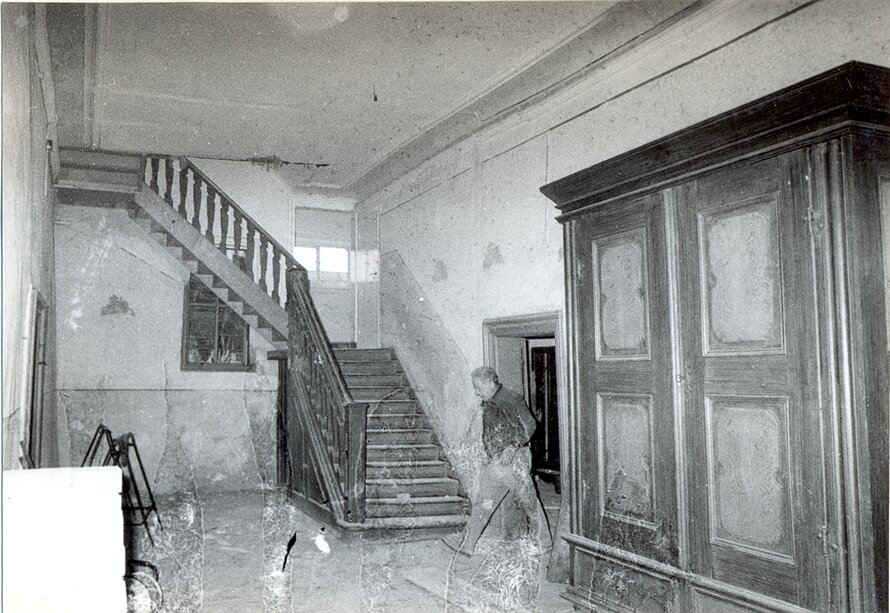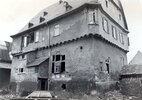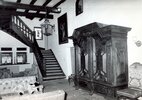"Freiherr vom Stein" House, Kirberg
The House was built in 1520, until 1900 it belonged to the baronial family of Stein. It has since been used for agricultural purposes. Entrances leading to closed off underground passages had been plastered over. An internal staircase between the thick stone walls was made ...
Read more
Project details
| Title: | "Freiherr vom Stein" House, Kirberg |
|---|---|
| Entr. year: | 1979 |
| Result: | Diploma |
| Country: | Germany |
| Town: | Kirberg, Hünfelden (Hesse) |
| Category type: | architectural heritage |
| Building type/ Project type: | residential building |
| Former use: | Townhouse, agricultural purposes |
| Actual use: | Private residence |
| Built: | 16th century |
| Architect / Proj.leader: | Dr. Heinz Willi Peuser, architekt , Heinz Willi Peuser, Architect (Camberg/Taunus - DE) |
| The Jury's citation: | "Für die vorbildliche Wiederherstellung eines bemerkenswerten Hauses aus dem 16. Jahrhundert und die Umgestaltung des Inneren für zeitgemäße Bedürfnisse" |
| GPS: | 50°18'36.9"N 8°9'31.4"E |
Description:
The House was built in 1520, until 1900 it belonged to the baronial family of Stein. It has since been used for agricultural purposes. Entrances leading to closed off underground passages had been plastered over. An internal staircase between the thick stone walls was made accessible again. The ground floor was restored from a split levelhall to its former condition together with the uneven beam-ceiling from which the plaster had been removed. The steps installed in 1950 were replaced by the fully restored stairway which still existed from the Baroque period. In order to improve lighting in the hall, new windows had to be made. Details, such as, a small gothic window situated between floors, a gothic stable-door and keel-shaped lintels were exposed. Farm extensions together with toilets and external staircase dating back to 1909 were removed along with a large barn. The ground and middle floors have been adapted to meet modern living requirements. This necessitated the installation of oil central heating, sanitation and electric facilities. Large sections of the beam-ceilings had to be replaced as they had rotted and obligatory safety regulations had to be observed in the restoration work. The rooms on the top floor serve as living quarters and have been decorated and furnished by the builder. The dirty green plaster work on the exterior was completely cleared to reveal the fine half-timbered facade. The fresh plaster was painted white and the beams dark brown.
Similar projects
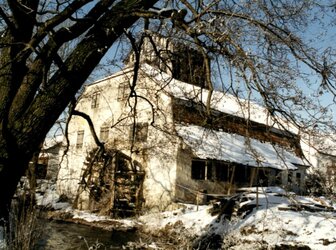
16th century
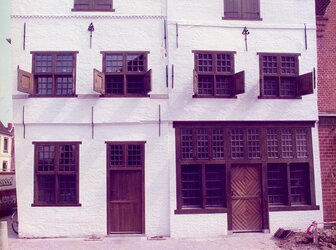
17th century
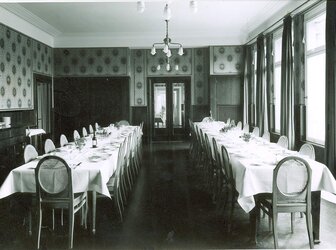
Late 19th century

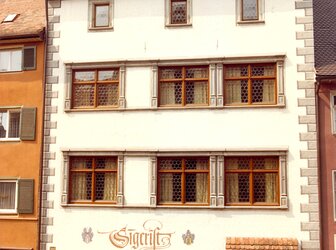
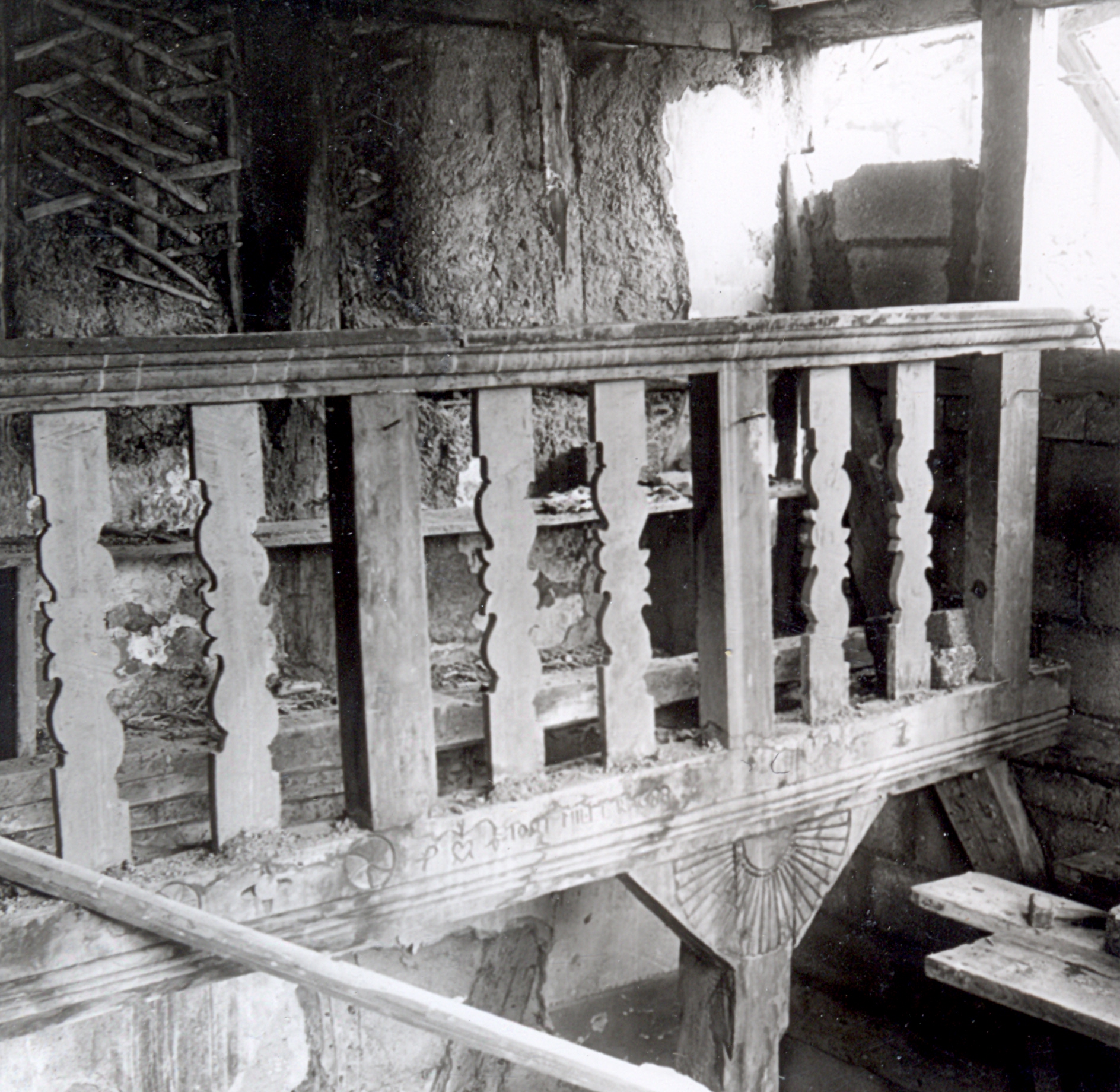
17th century
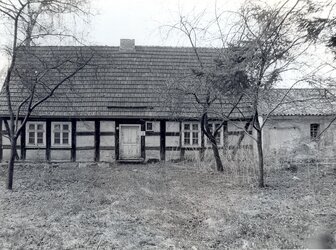
18th century
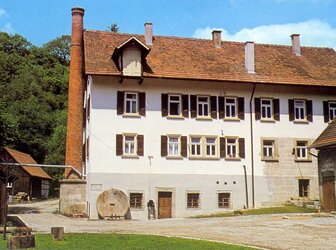
19th century
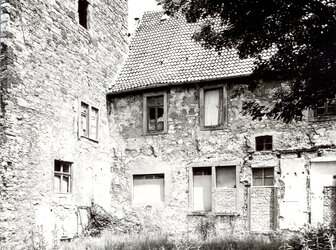
14th century
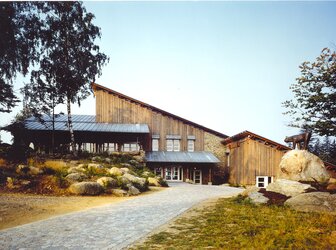
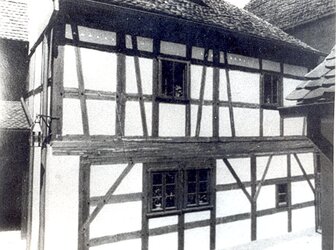
17th century

13th century
